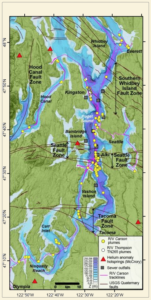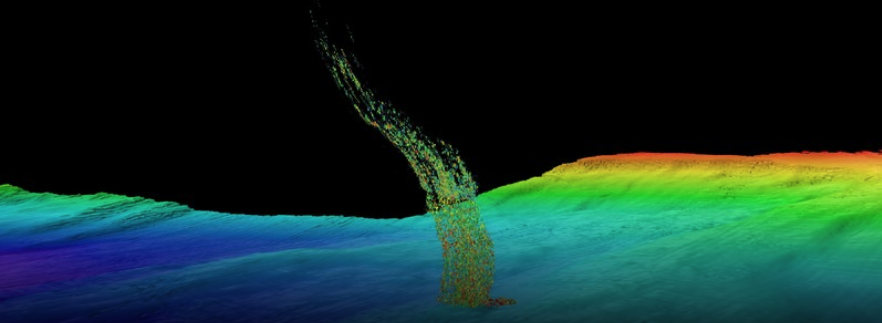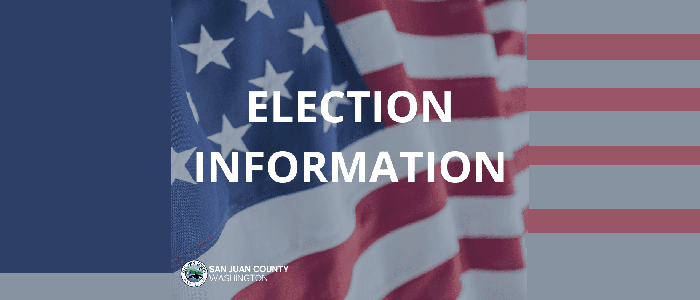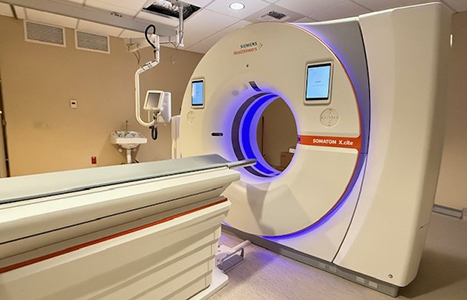||| FROM UNIVERSITY OF WASHINGTON NEWS |||
The release of methane, a powerful greenhouse gas responsible for almost a quarter of global warming, is being studied around the world, from Arctic wetlands to livestock feedlots. A University of Washington team has discovered a source much closer to home: 349 plumes of methane gas bubbling up from the seafloor in Puget Sound, which holds more water than any other U.S. estuary.

This map of Puget Sound shows the location of the methane plumes (yellow and white circles) detected along the ship’s path (purple). Black lines show the South Whidbey Island Fault Zone, the Seattle Fault Zone and the Tacoma Fault Zone. Black squares are urban sewer outfalls, which don’t match the bubble plumes’ locations.Johnson et al./University of Washington
The columns of bubbles are especially pronounced off Alki Point in West Seattle and near the ferry terminal in Kingston, Washington, according to a study in the January issue of Geochemistry, Geophysics, Geosystems.
“There’s methane plumes all over Puget Sound,” said lead author Paul Johnson, a UW professor of oceanography. “Single plumes are all over the place, but the big clusters of plumes are at Kingston and at Alki Point.”
Previous UW research had found methane bubbling up from the outer coasts of Washington and Oregon. The bubbles in Puget Sound were first discovered by surprise in 2011, when the UW’s global research vessel, the RV Thomas G. Thompson, had kept its sonar beams turned on as it returned to its home port on the UW campus. The underwater images created by the soundwaves showed a distinct, persistent bubble plumes as the vessel rounded the Kingston ferry terminal.
Since then, the team analyzed sonar data collected during 18 cruises on the UW’s smaller research vessel, the RV Rachel Carson. Methane plumes were seen from Hood Canal to offshore of Everett to south of the Tacoma Narrows. At Alki, the bubbles rise 200 meters, about the height of the Space Needle, to reach the ocean’s surface.
“Off Alki, every 3 feet or so there’s a crisp, sharp hole in the seafloor that’s 3-5 inches in diameter,” Johnson said. “There are holes all over the place, but there aren’t bubbles or fluid coming out of all of them. There’s occasionally a burst of bubbles, and then another one 50 feet away that has a new burst of bubbles.”
The study is an early step toward exploring the release of methane from estuaries, or places where saltwater and freshwater meet, a subject more widely studied in Europe. Though only a small amount of natural methane is released compared to human sources, understanding how the greenhouse gas cycles through ecosystems becomes increasingly important with climate change.
“In order to understand methane in the atmosphere and control the human sources, we have to know the natural sources,” Johnson said.
The two persistent fields of bubble plumes occur above geologic faults: for the Alki bubbles, located above a branch of the Seattle Fault, and for the Kingston bubbles, above the South Whidbey Fault. It’s likely that the bubbles are connected to the underlying geology, Johnson said.
**If you are reading theOrcasonian for free, thank your fellow islanders. If you would like to support theOrcasonian CLICK HERE to set your modestly-priced, voluntary subscription. Otherwise, no worries; we’re happy to share with you.**









Not to worry. I’m told by our resident Orcas Island marine geologist Gary Greene, a world expert on sea floor mapping and methane plumes, that these seeps are most likely due to organic matter setting to the floor of Puget Sound, generating methane that becomes trapped in the sediments and escapes along fault lines.